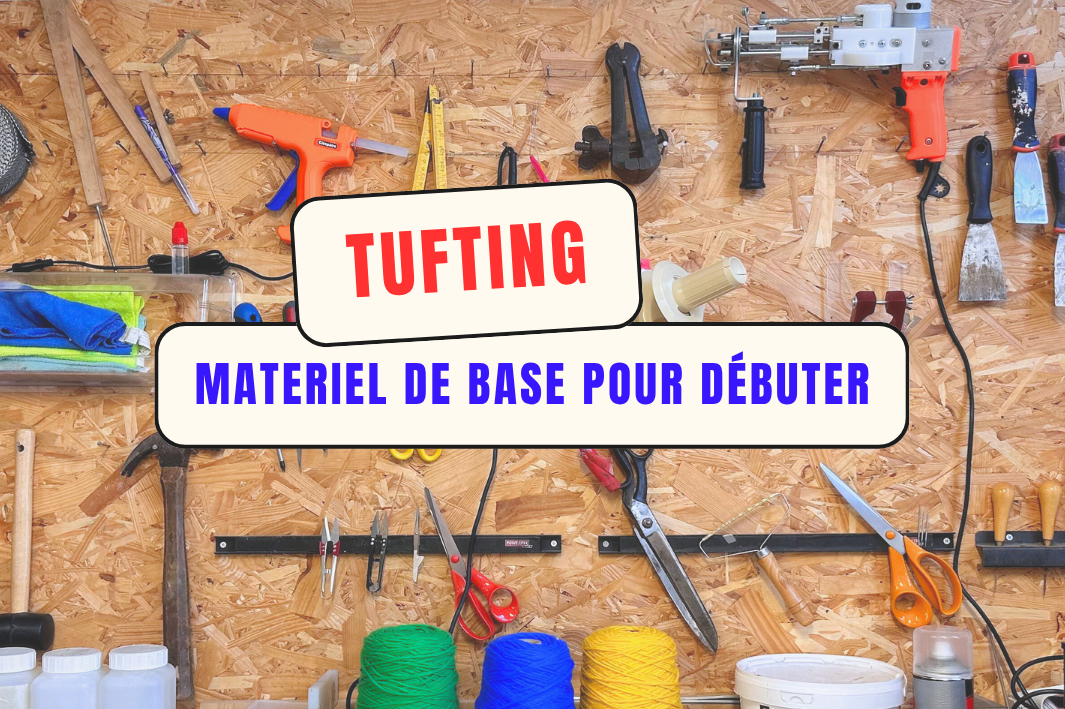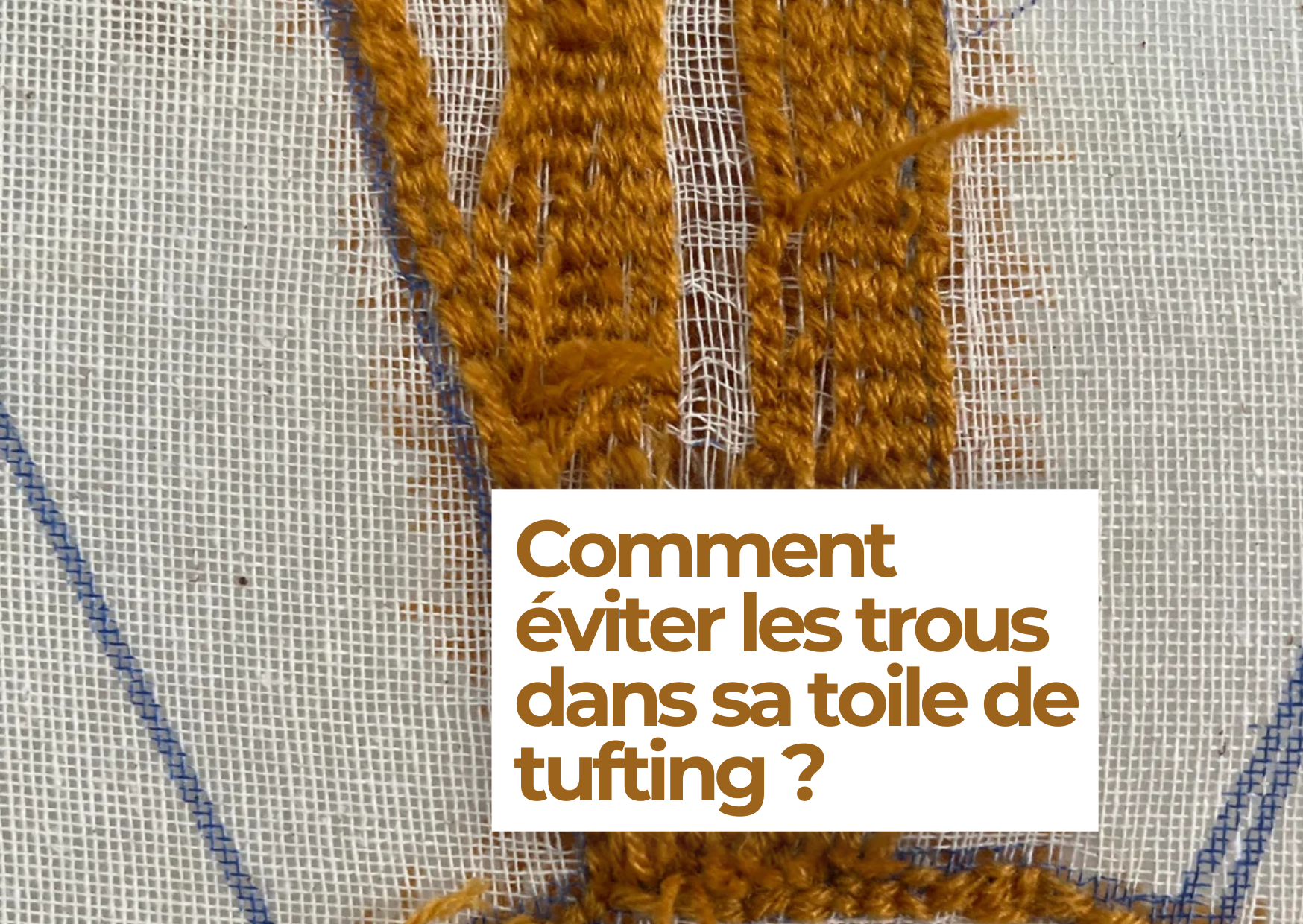Are you new to tufting but unsure what type of yarn to use? Don't worry, this article is for you. We'll guide you through the process so you can start making your tufted creations with the right yarn. With each tufted creation, we encourage you to ask yourself the following questions:
“What will my finished creation be used for? How durable should my tufted piece be?” As you can see, the choice of thread will depend on the use of your creation.
There are many different types of yarn, some with advantages and others with disadvantages. Today we're going to highlight two very popular categories:
ACRYLIC and WOOL
Wool: If your rug is going to be placed on the floor, we recommend using New Zealand wool. While it may look a little dull and rougher than acrylic yarn, your rug will be more durable and will retain its shape, even after repeated use.
Acrylic: If, on the other hand, you're planning to create a wall hanging or rug that won't be subject to frequent use, we recommend acrylic yarn. Its affordable price, softness, and wide variety of colors make it an excellent choice not only for beginners but also for experienced tufters.
|
New Zealand wool |
100% acrylic yarn |
Now that you know which yarn to choose, let's talk about the thickness of the yarn you should use for tufting. It can be easy to feel lost when faced with all the different sizes of yarn thickness available in stores. On social media, people often recommend using 2 to 3 strands of yarn; this solution works, but it has drawbacks. Conventional balls of yarn, designed for knitting or crochet, are not suitable for tufting. They unwind too slowly and can create tension, which leads to frequent interruptions requiring you to rethread your yarn several times an hour. To limit these inconveniences, it is necessary to use a hand winder to prepare double bobbins, but this requires additional effort.

The best solution is to opt directly for a thick thread, specially designed for tufting, with a diameter of 6 to 6.5 mm . This type of thread ensures better grip in the tufting gun , smooth tension and a dense result without sparse areas.
Cones vs. Balls: Which is the Best Option?
Beginners often tend to buy 50g balls in batches, thinking they're getting a good deal. However, professionals prefer 400g cones , which are much more practical and cost-effective in the long run.
|
Characteristic |
Pack of 10 balls of 50g |
400g cone |
|
Total weight |
500g |
400g |
|
Price |
10.99€ |
€11.99 |
|
Thread thickness |
Needle 3 to 4 |
Needle 7-8 |
|
Practicality |
Requires winding the wire with a winding machine |
Ready to use |
|
Use |
Requires doubling the wire |
One thread is enough |
Common mistakes to avoid
Choosing the right yarn is essential to ensuring the success of your tufting project. Here are some common mistakes that could compromise the final result:

- Using regular balls of yarn without winding them : These yarns are not designed for tufting and tend to unwind poorly, leading to tension and frequent interruptions.
- Do not double a thread that is too thin : A single thread of low thickness will result in an uneven and sparse carpet, especially after shearing.
- Focus only on price : A cone may seem more expensive to buy, but it is much more cost-effective in the long run and allows you to work more efficiently.
- Ignoring yarn thickness : Too thin a yarn, even double stranded, may not be optimal depending on the tufting gun used.
Conclusion
Choosing the right yarn is key to successfully tufting a rug. Choosing a thick enough yarn (6 to 6.5 mm) ensures a consistent result and makes it easier to work with. Acrylic is a good option for beginners looking to experiment without investing too much. While balls of yarn may seem economical, they require additional preparation time and can be more cumbersome to use. For more ambitious projects, it's recommended to invest in cones, which ensure smoother work and optimal quality of the final result.








